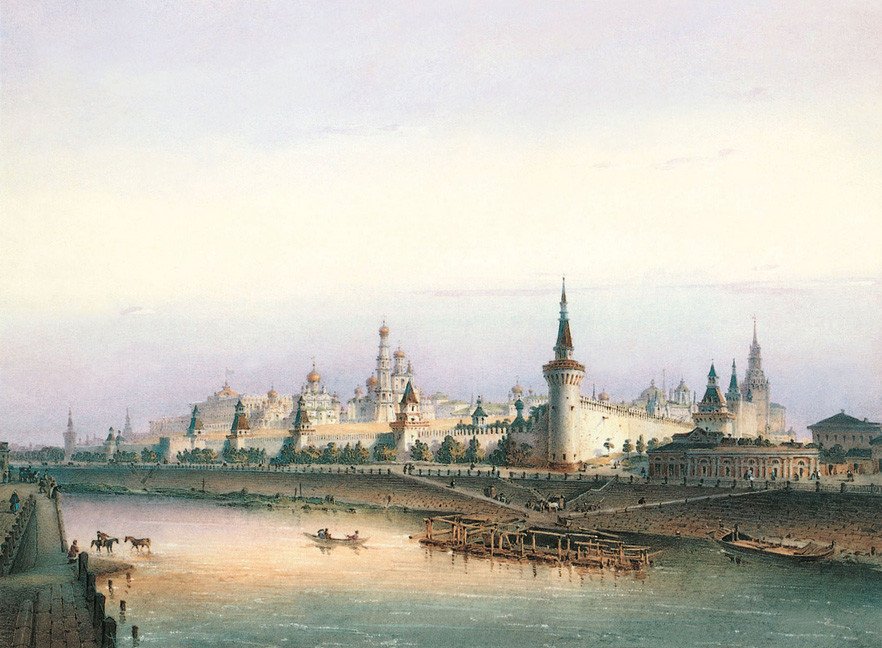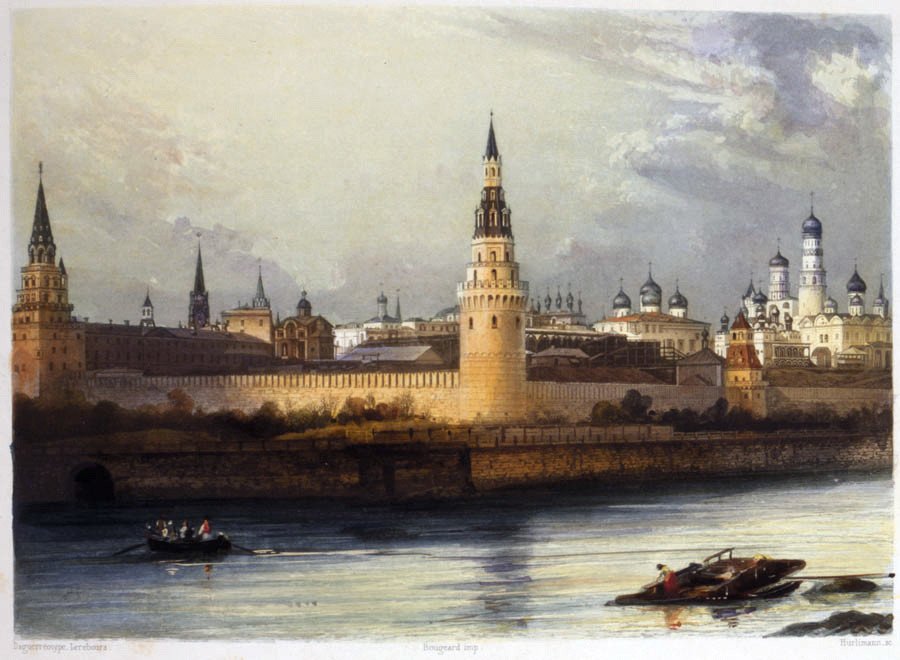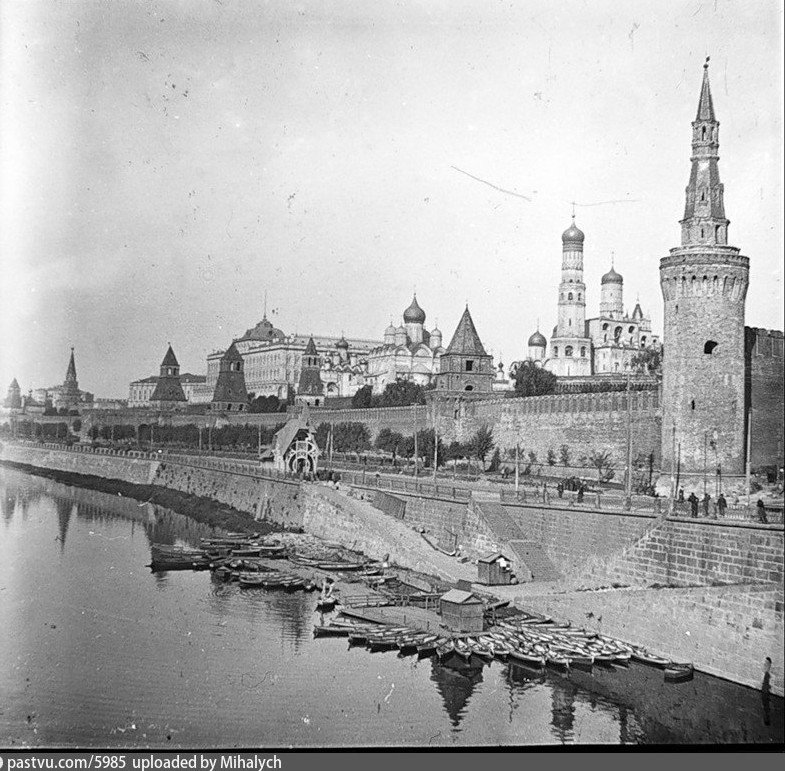Time machine? Netflix’s ‘The Last Czars’ shows Red Square in 1905 with Lenin’s mausoleum

Netflix’s new docudrama dramatizes the story of Russia’s last tsar, Nicholas II, and the demise of his dynasty. In the series’ version of reality in 1905, Lenin is already dead and laid to rest right in the heart of Moscow.
The new six-episode production, which mixes commentary from historians and dramatized scenes, was released by the streaming network on Wednesday. It follows the life of the Russian royal family from the coronation of Nicholas II in 1894 all the way through the turbulent turn of the century with the rise and fall of Rasputin, Russia’s disastrous involvement in World War I, revolutions, abdication, and imprisonment of the doomed Romanovs.
But unlike some other showrunners who meticulously recreate historical details for their period dramas, the team behind ‘The Last Czars’ decided to take some baffling liberties. In particular, Russian viewers were amused to see the Red Square of February 1905 complete with the Mausoleum of Bolshevik leader Vladimir Lenin – who, obviously, was alive and well at the time, and seized the chance offered by a revolution that started that year to return from Switzerland to Russia under a fake name and take part in the action.
In reality, Lenin’s mausoleum in its recognizable granite form was not complete until October 1930. A Western viewer probably expects this iconic image to be accompanied by tanks and missile launchers rolling past as stone-faced Soviet leaders look on.
This anachronistic elephant in the room apparently began as stock footage. The series creator did edit out a very un-tsarist red star on the Spasskaya Tower, but didn’t add a CGI double-headed eagle instead or correct the color of the Kremlin wall, which was not bright red at the time.

Sure, the bricks were, but the walls and towers of the fortress had been whitewashed since at least the 1680s. The paint would be washed away by the rain, so historical paintings and photos show the Kremlin anywhere from pristine white to greyish-red.


The last major renovation before the events shown in the docudrama happened sometime in the early 1880s, and later Russia had bigger things to worry about than the color of the Kremlin. But paint stains were visible in some places as late as the 1930s. Only after World War II did the Soviet seat of power turn definitively communist-red in appearance.


If you like this story, share it with a friend!














